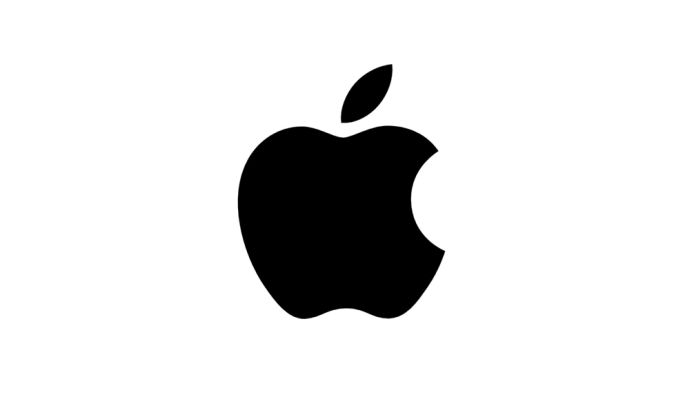iPhone 14 vs iPhone 14 Pro: Apple's latest compared
Is the base iPhone 14 or its Pro sibling the better fit for you?
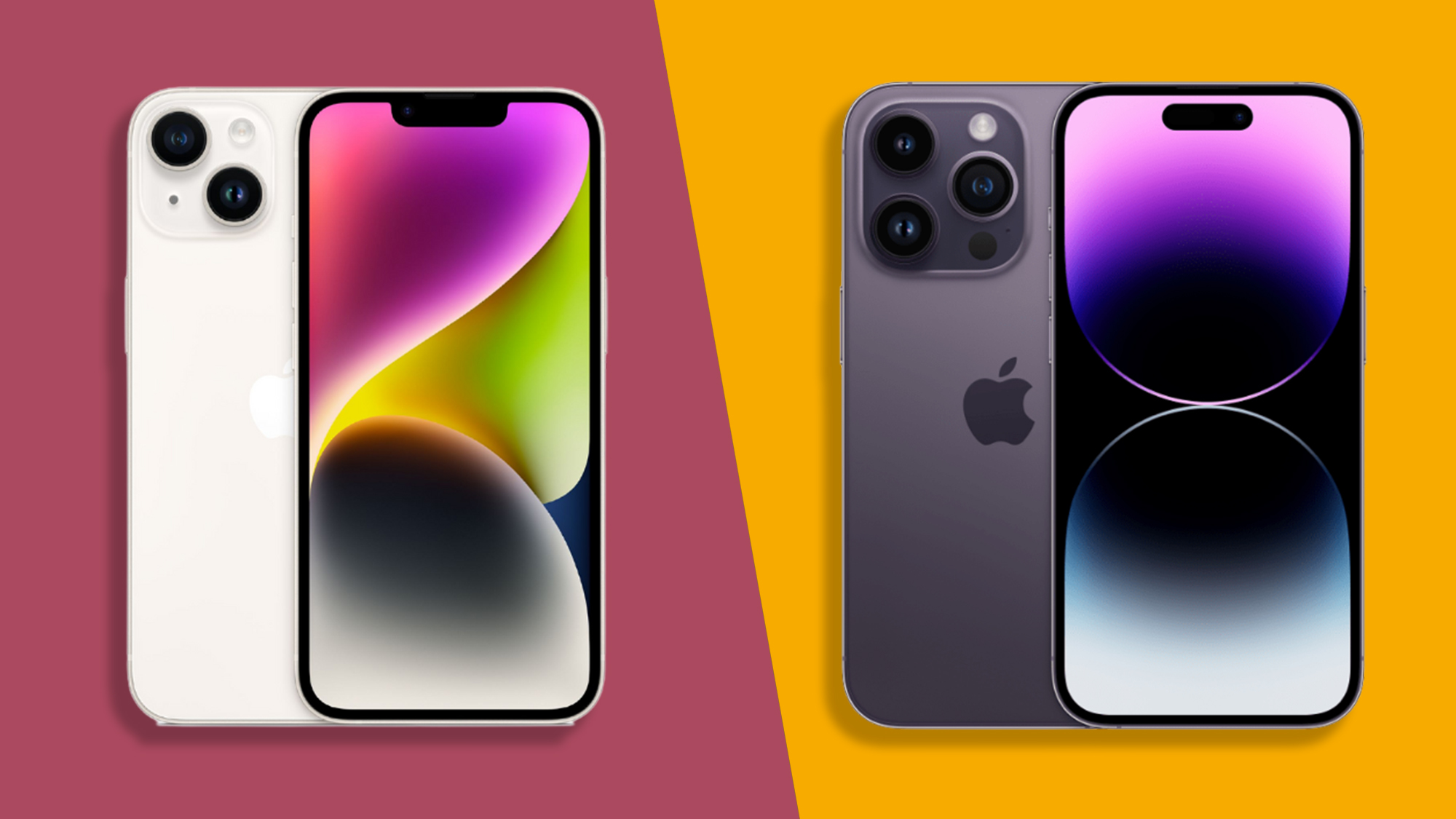
Over six months into the life span of the latest-gen iPhones from Apple, we have a clear picture of what the various models have to offer. From the base iPhone 14, and all the way up to iPhone 14 Pro and iPhone 14 Pro Max, Apple has had its time to impress us with its latest.
But how does the base iPhone 14 actually compare to the iPhone 14 Pro? Is the Pro designation just a marketing gimmick? In order to help you understand the differences between these two Apple handsets so you can pick the right option for your needs, we've pitted the pair head to head below.
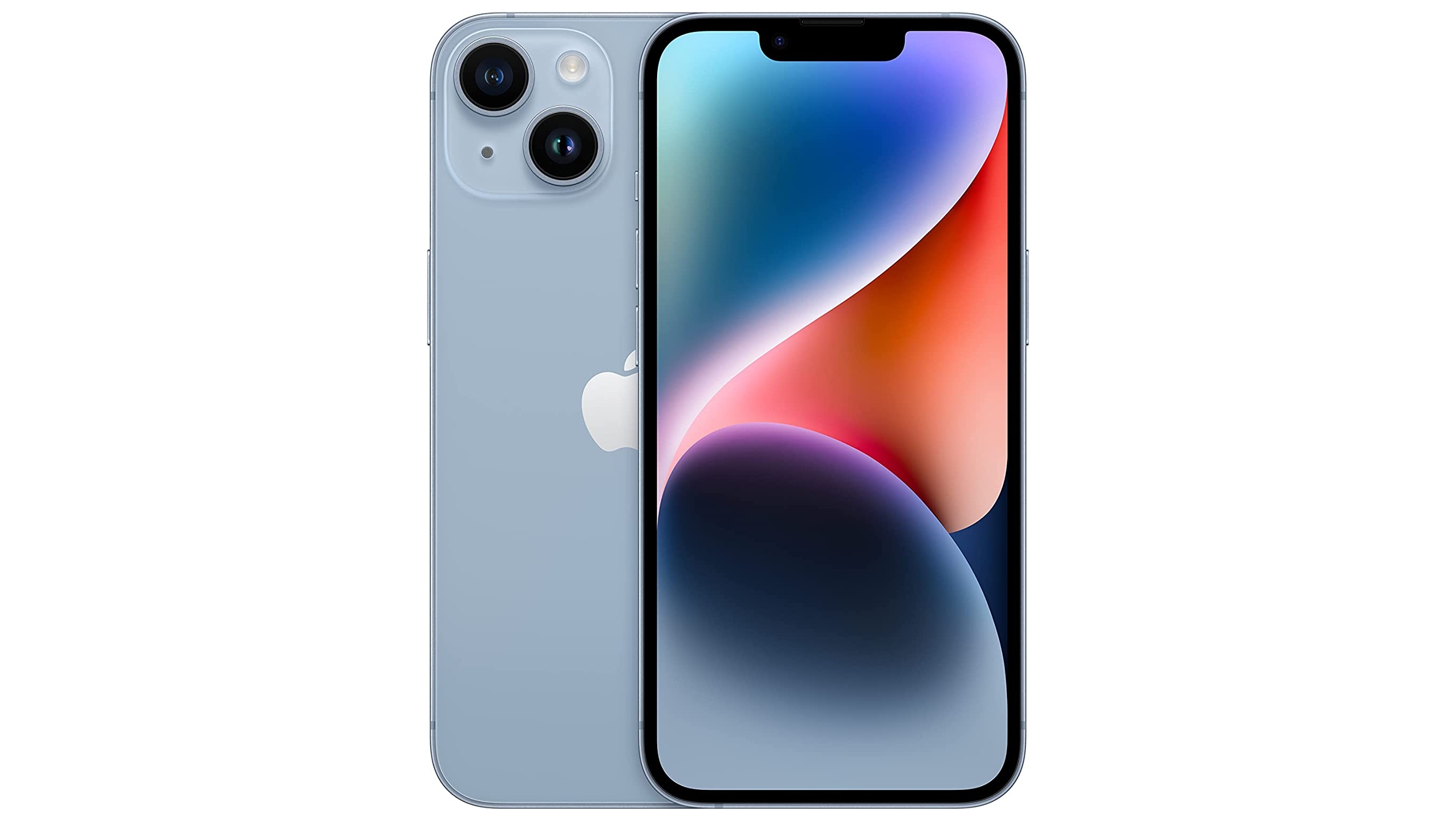
Weight: 172g
Dimensions: 146.7 x 71.5 x 7.8mm
Screen size: 6.1-inch
Resolution: 1170 x 2532
CPU: Apple A15 Bionic
RAM: 6GB
Storage: 128GB / 256GB / 512GB
Rear Cameras: 12MP + 12MP
Front Camera: 12MP
Battery: 3,279mAh
The base iPhone 14 might be a part of Apple's latest range of iPhones, but feels more like a generation behind compared to its Pro siblings.
For
- Familiar design with quality build
- New heat dissipation interior
- Better TrueDepth camera
- Cheaper than Pro Max
Against
- The notch remains
- Last-gen A15 Bionic chip
- Mostly minor upgrade
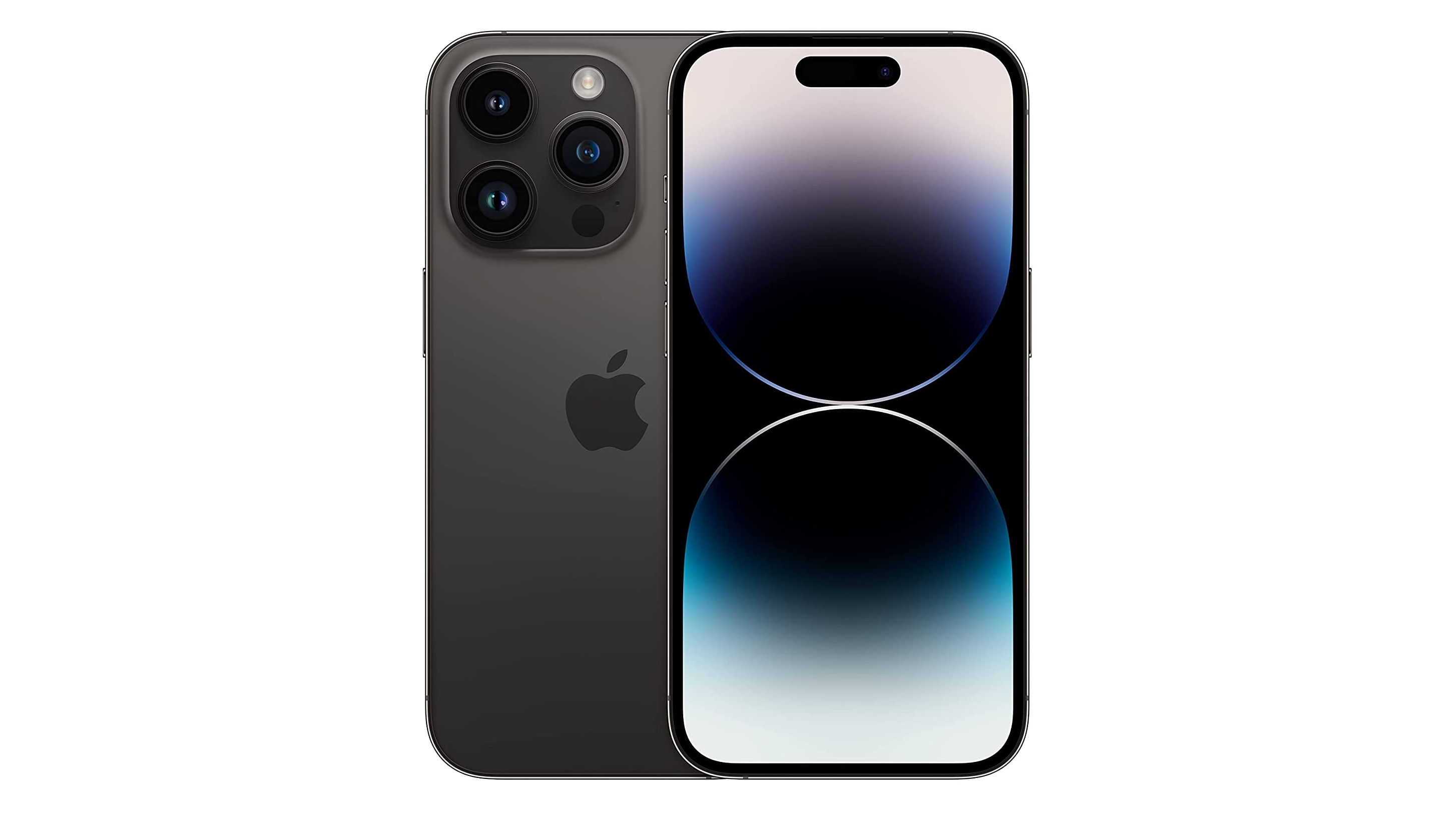
Weight: 206g
Dimensions: 147.5 x 71.5 x 7.9mm
Screen size: 6.1-inch
Resolution: 1179 x 2556
CPU: Apple A16 Bionic
RAM: 6GB
Storage: 128GB / 256GB / 512GB / 1TB
Rear Cameras: 48MP + 12MP + 12MP
Front Camera: 12MP
Battery: 3,200mAh
The iPhone 14 Pro offers the same well-built, stylishly designed premium smartphone experience that Apple fans have come to expect, and feels like a completely different handset when compared to the base model.
For
- Exquisite design and excellent build
- High-quality cameras
- Always-on display
- Impressive Dynamic Island
Against
- Still just 3x optical zoom
- No USB-C
- Expensive
iPhone 14 vs iPhone 14 Pro: price and availability
Both the iPhone 14 and the iPhone 14 Pro hit the shelves in Australia on September 16, 2022, following the initial official announcement of the latest Apple phones just over a week prior on September 7.
In terms of pricing, there is quite a significant difference between the iPhone 14 and its Pro alternative. On the lowest end of the latest Apple generation, the iPhone 14 is available in three storage options, with prices starting from:
• 128GB / AU$1,399
• 256GB / AU$1,579
• 512GB / AU$1,899
The iPhone 14 Pro, meanwhile, has four total storage options available with prices from:
• 128GB / AU$1,749
• 256GB / AU$1,899
• 512GB / AU$2,249
• 1TB / AU$2,599
As you might expect, both the iPhone 14 and iPhone 14 Pro are available from a variety of retailers and telcos, including Apple itself, with some of the best deals on offer for you to discover below.
iPhone 14 vs iPhone 14 Pro: design and display
When it comes to design, the iPhone 14 and iPhone 14 Pro share some surprising similarities in certain areas when considering other areas where they differ. The two phones share a screen size of 6.1-inches while also boasting almost identical dimensions, with the iPhone 14 measuring in at 146.7 x 71.5 x 7.8mm compared to the iPhone 14 Pro at 147.5 x 71.5 x 7.9mm. As you can see, they're just millimetres apart, with the iPhone 14 Pro oh-so-slightly thicker and larger vertically.
However, despite these similarities in sizing, there is a rather significant difference in weight between the two handsets, as there's about 30g difference between the iPhone 14's 172g and the iPhone 14 Pro's 206g.
And while the iPhone 14 and iPhone 14 Pro might share the same screen size, one key difference between the two is found in the Pro model's lack of the much-maligned notch, implementing Apple's new Dynamic Island in its place. This adds a little more screen real estate to work with in the case of the iPhone 14 Pro compared to its sibling, making slightly better use of its 6.1-inch screen than the iPhone 14.
As far as physical build is concerned, the iPhone 14 and iPhone 14 Pro each come with Apple's typical sleek, clean look, stainless steel frame, brushed glass rear and uncomplicated glass screen. Both are also IP68 water and dust resistant, with a submergence rating of up to 6 metres for 30 minutes.
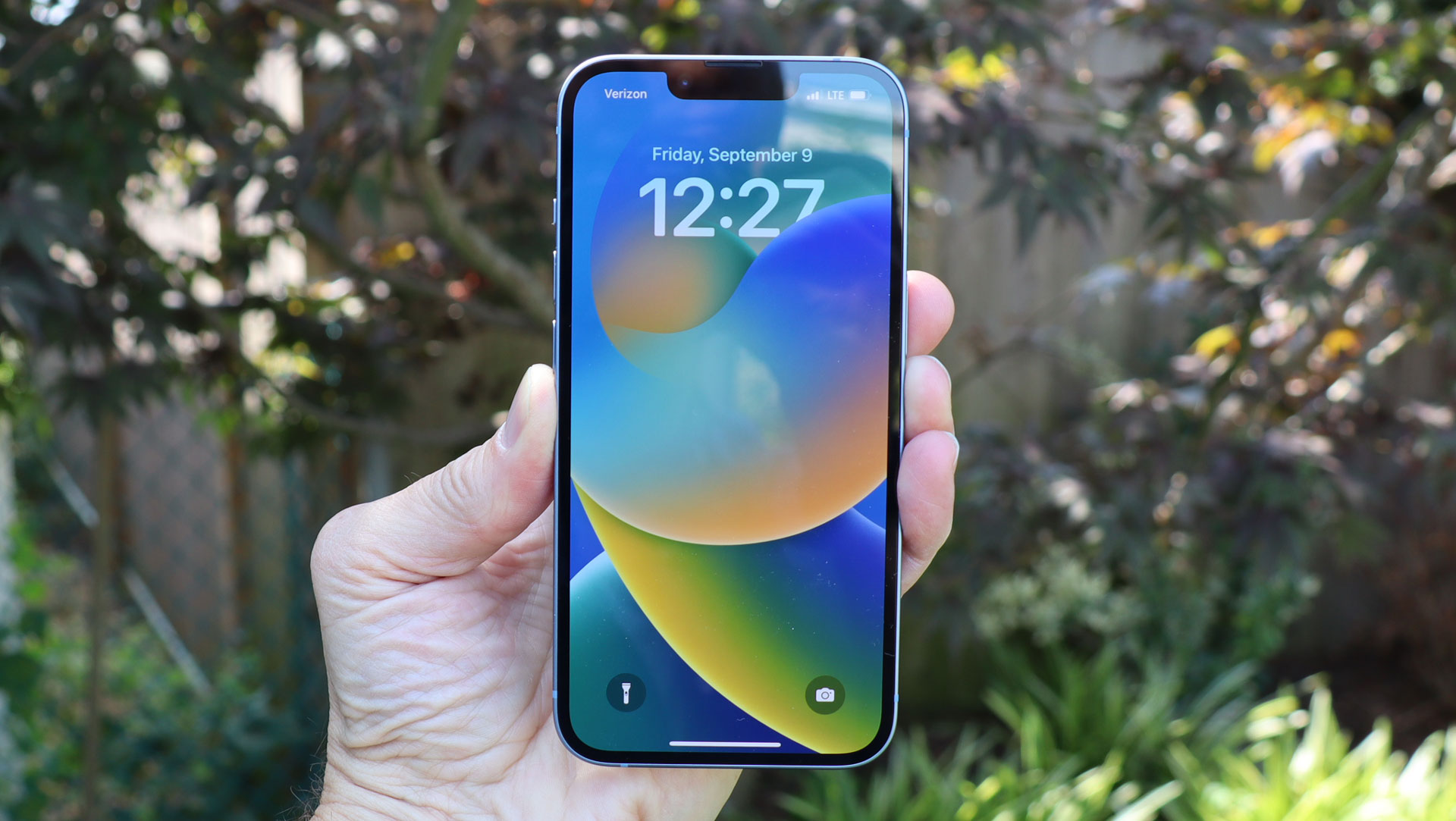
Despite boasting the same sized screens, the iPhone 14 and iPhone 14 Pro are quite different with the overall quality of their displays. Beginning with resolution, the iPhone 14 sits at 1170 x 2532, while the iPhone 14 Pro is a shade better with its 1179 x 2556 resolution.
There is also quite a significant difference between the two in terms of peak brightness, which is a particularly important factor worth considering when hoping to use your iPhone out in bright sunlight. The iPhone 14's peak brightness of 1,200 nits is utterly blown out of the water by the iPhone 14 Pro's peak of 2,000, making the latter the superior choice for those who spend a lot of time with their phone outdoors.
In the case of the iPhone 14 Pro, it also features the option of an Always-On Display not found with the base iPhone 14. This feature dims the iPhone's lock screen while still displaying information like the time, widgets and notifications without too great of a sacrifice to battery life.
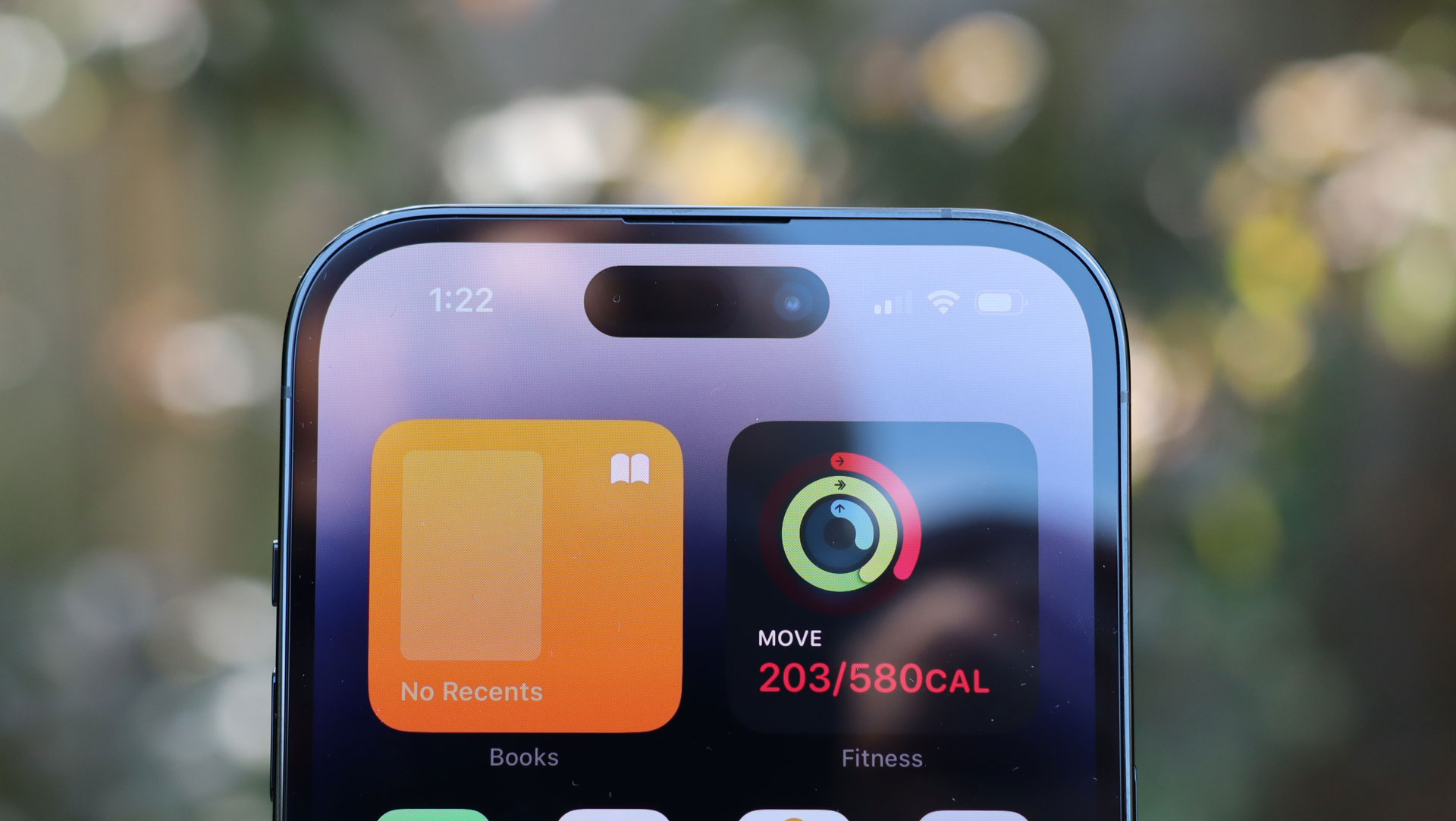
iPhone 14 vs iPhone 14 Pro: camera
With respect to the cameras, both from a hardware and performance perspective, the iPhone 14 Pro is a clear winner in its duel with the iPhone 14. For starters, there is one notable difference in terms of hardware between the two.
The iPhone 14 Pro offers a trio of sensors at its rear, led by a 48MP wide primary lens followed by a 12MP telephoto and 12MP ultrawide. The high-resolution primary shooter is missing from the iPhone 14, which only features the 12MP telephoto and 12MP wide cameras on its rear bump.
While the rear cameras of this base iPhone 14 aren't necessarily pushovers in their own right, the difference in clarity and detail for photos taken with the iPhone 14 do nonetheless fall short of the quality offered by the iPhone 14 Pro.
This is arguably less true with the camera at the front, where the iPhone 14 and iPhone 14 Pro offer an identical 12MP wide lens.
Video capture between the pair is also largely the same with one notable exception, as the iPhone 14 Pro (like the iPhone 13 Pro before it) offers support for ProRes – a high quality, lossless video format developed by Apple that is also less taxing to edit for those planning to shoot film and edit later with programs like Adobe Premiere Pro or Apple's Final Cut Pro.
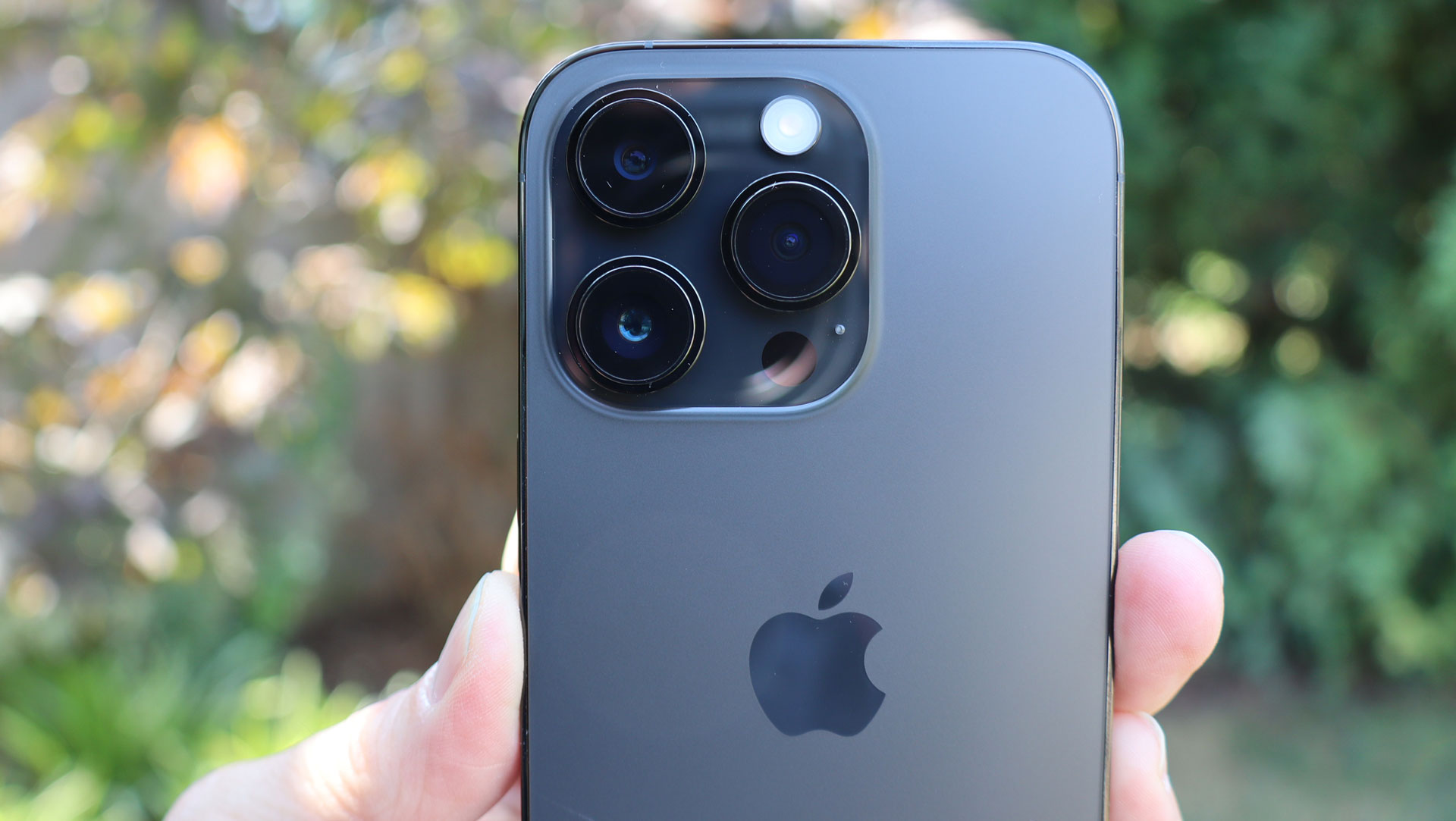
iPhone 14 vs iPhone 14 Pro: battery and performance
Another significant point of difference between the iPhone 14 and iPhone 14 Pro is found in the latter's inclusion of Apple's A16 Bionic chipset, a generation ahead of the A15 Bionic of the base iPhone 14. This ultimately corresponds to the Pro model being an inarguably more powerful and efficient smartphone than its sibling, including an ability to make better use of its 3,200mAh battery despite it being slightly smaller than the iPhone 14's 3,279mAh battery.
The disparity in overall performance between these two handsets make the iPhone 14 feel like it's a previous-generation model instead of the latest.
To further illustrate this, the iPhone 14 achieves a GeekBench performance score of only 4,761 compared to the iPhone 14 Pro's GeekBench score of 5,346. As with the differences in the cameras, this doesn't mean the iPhone 14 is lacking in power, but it does make it an obviously less powerful option compared to its Pro sibling.
And for those hoping to get their hands on a smartphone that feels like a current-generation handset, the iPhone 14 Pro does a far better job of achieving this than the base iPhone 14.
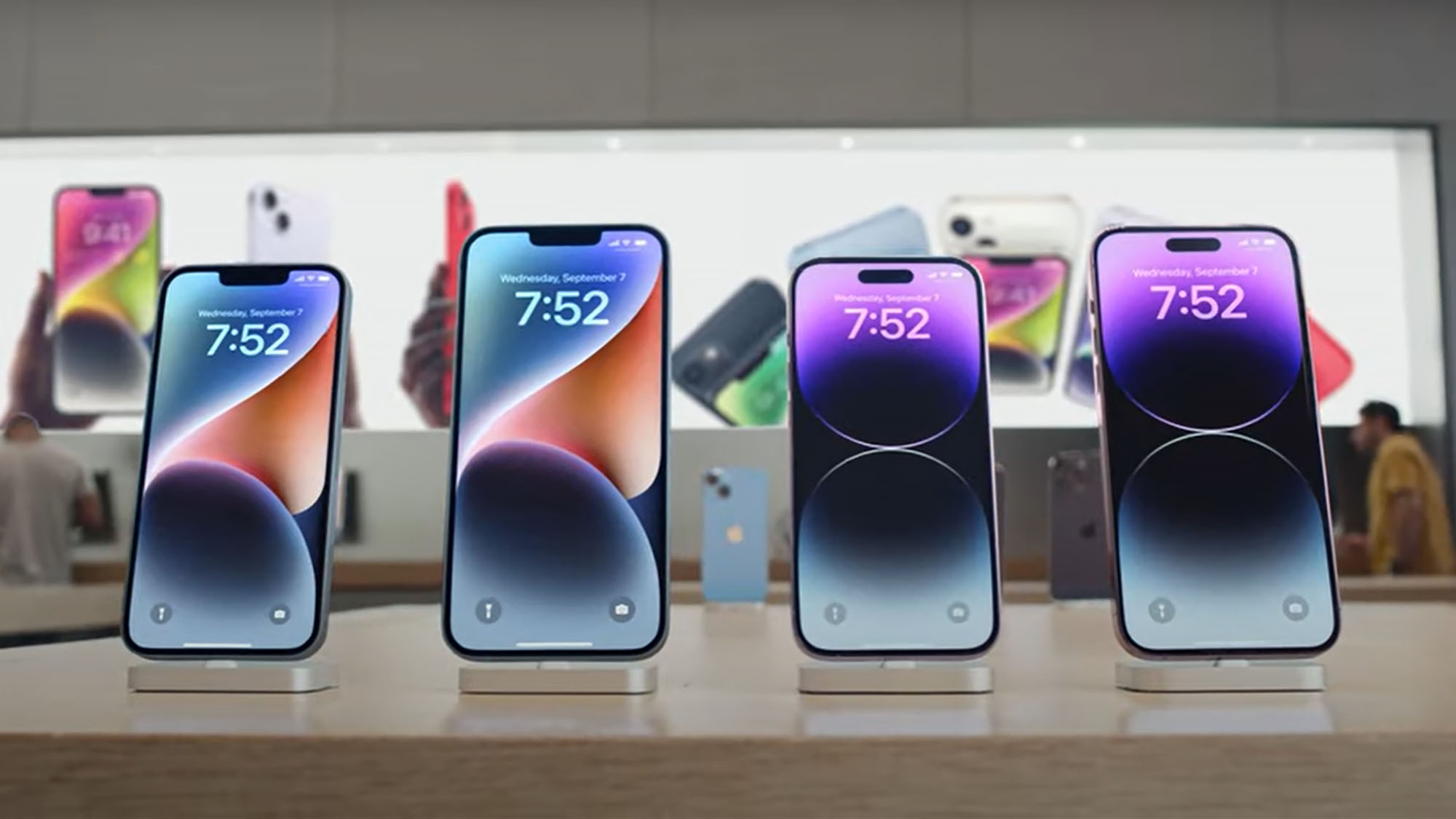
iPhone 14 vs iPhone 14 Pro: takeaway
It should come as little surprise that in almost every area of comparison, Apple's iPhone 14 Pro is a clearly superior smartphone compared to its base iPhone 14 sibling, with the one exception being price.
But for that difference in cost, there's no denying that the iPhone 14 is just a minor upgrade from the iPhone 13, particularly since they both share the same chipset.
As far as a head to head goes, it isn't often one option is so clearly a winner over the other to an extent like this, but in this case, if you have the extra cash, the iPhone 14 Pro is the better handset.
Get daily insight, inspiration and deals in your inbox
Sign up for breaking news, reviews, opinion, top tech deals, and more.

James is a senior journalist with the TechRadar Australia team, covering news, analysis and reviews in the worlds of tech and the web with a particular focus on smartphones, TVs and home entertainment, AR/VR, gaming and digital behaviour trends. He has worked for over six years in broadcast, digital and print journalism in Australia and also spent time as a nationally recognised academic specialising in social and digital behaviour trends. In his spare time, he can typically be found bouncing between one of a number of gaming platforms or watching anything horror.
